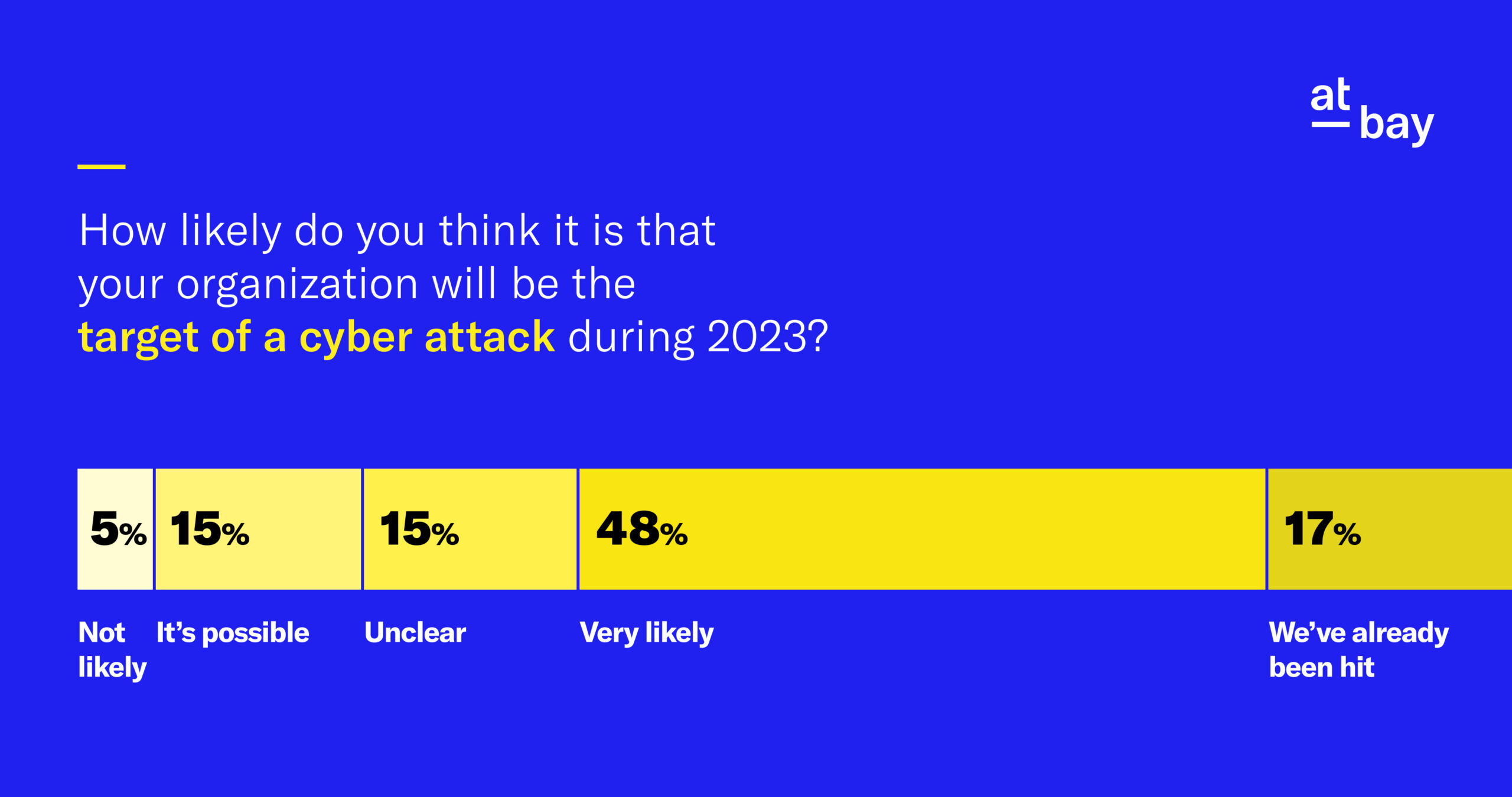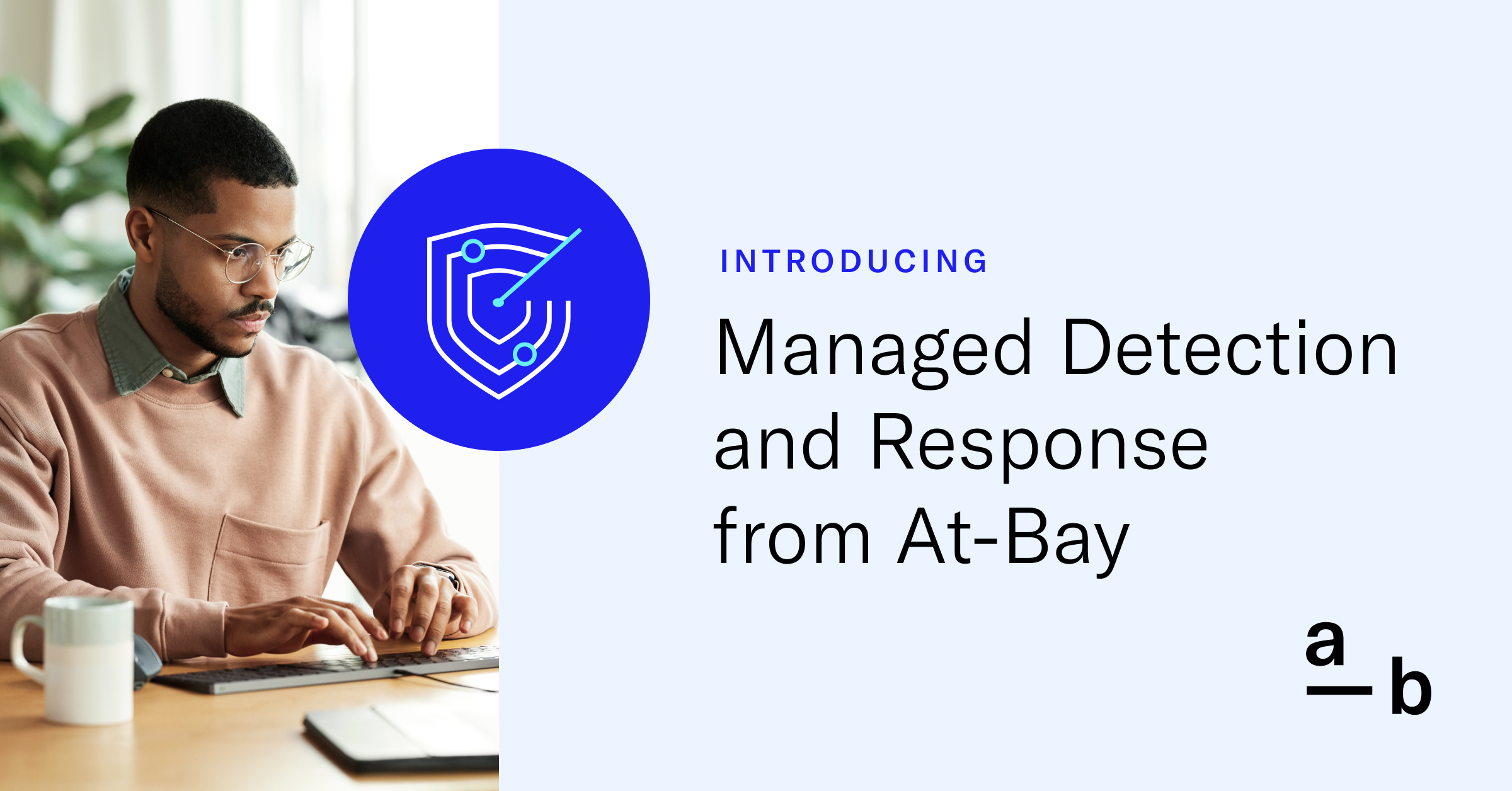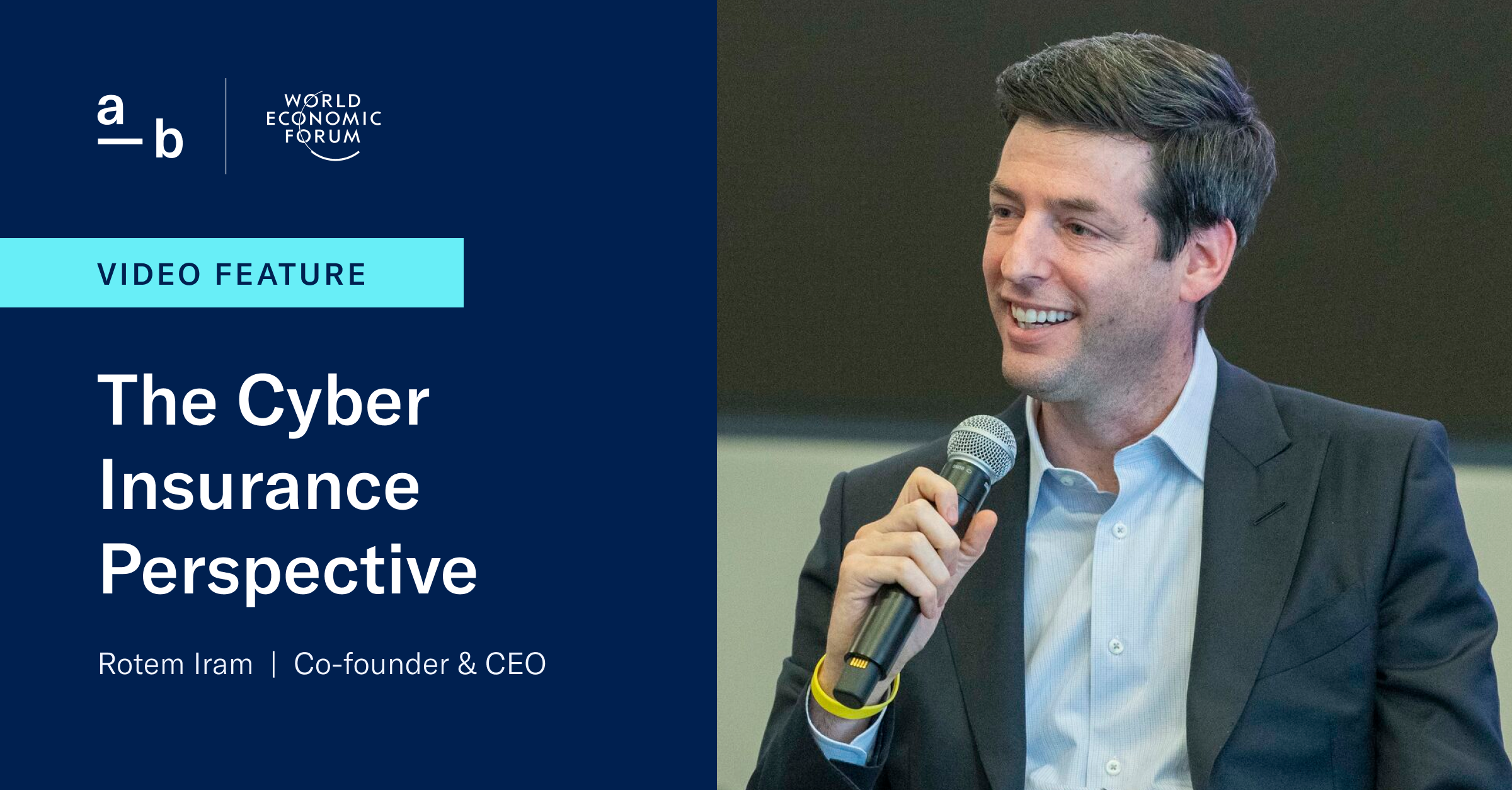Article
SEO Poisoning: How Search Results Can Harm Your Business
Learn how to defend your company from schemes that target your businesses’ digital marketing efforts
Imagine you’re searching online for something you need, like innovative marketing strategies or the best technology solutions for your business. You click on a search result that looks helpful, but instead of getting what you wanted, you’re given pop-ups asking you to download a program or enter personal information. A few days later, your IT systems are suddenly shut down and your data might be in the hands of criminals. Welcome to the world of SEO poisoning, a sneaky trick used by threat actors to weaponize search engine results.
What is SEO Poisoning?
At its core, SEO poisoning is a technique where cybercriminals manipulate search engine results to promote malicious websites. These sites might look innocent but are loaded with malware or phishing schemes aimed at infecting your devices or stealing your credentials.
How Do Attackers Use SEO Poisoning?
Cybercriminals launch SEO poisoning attacks by weaponizing Search Engine Optimization (SEO). Normally, SEO is a practice used by website creators and administrators to make sure their sites show up higher in search engine results.
However, with SEO poisoning, cybercriminals abuse this technique for their own schemes. They either manipulate or create websites, using various tricks to make them appear at the top of your search results. The goal is to deceive you into visiting these sites, click on malicious links, and either download malware or unintentionally share sensitive credentials.
It’s easy for cybercriminals to make websites that look legitimate and place them at the top of search engine results. By using clever keywords or other SEO tricks, criminals game the search engines you use everyday to get past your organization’s cybersecurity defenses.
How Do Criminals Trick Search Engine Results?
SEO poisoning results in a game of cat-and-mouse between cybercriminals and search engines. By using various malicious strategies to manipulate search engine rankings, criminals disguise their toxic web pages to appear as top search results. Here are some of their schemes:
Keyword Stuffing
Cybercriminals do this by stuffing websites with popular keywords and phrases. This content often mimics legitimate topics, trends, or questions internet users might search for. By cramming their malicious sites with these keywords, criminals improve their sites’ visibility and search ranking.
Cloaking
Cloaking involves showing different content to search engines than what is shown to users. To a search engine, the content appears legitimate and relevant, but when a user clicks on the link, they are redirected to a malicious site or presented with harmful content.
Typosquatting
Typosquatting involves cybercriminals registering domain names that closely mimic those of legitimate websites but contain intentional typos or slight variations in spelling. By combining these similar domain names with other blackhat SEO techniques, attackers aim to divert internet traffic to their own malicious sites.
Backlinking
Backlinks, or links from other websites to their own, are another method used to increase a site’s ranking. Cybercriminals might create a network of fake websites that link to each other or discretely place links in comments or forums on reputable sites to improve their site’s perceived authority and relevance.
Malvertising
Malicious advertising, or malvertising, is when cybercriminals buy advertising space on legitimate websites to display ads that appear to be harmless. However, these ads are laced with malware or direct users to malicious sites. In early iterations of malvertising, the malware would be connected to banner ads. However, criminals have moved to using sponsored search returns as a way to spread malware or phishing links.
Fake Local Listings
For local SEO poisoning, criminals create fake business listings on maps and local directories. These listings can redirect users to malicious sites when they click on what they think is a legitimate local business.
Social Media Manipulation
Using social media to share links to poisoned sites as part of seemingly normal posts or in response to trending topics can also help in boosting these sites’ rankings indirectly by generating more clicks and traffic.
Through these and other techniques, attackers continuously evolve their strategies to outmaneuver search engine algorithms and cybersecurity defenses, making SEO poisoning a persistent and dynamic threat.
What Type of Attacks Come From SEO Poisoning?
While SEO poisoning is designed to manipulate search engine results, the manipulation itself is not the end goal. It serves as the first step in various types of cyberattacks. Here are the outcomes criminals are hoping for:
Malware
One of the most common outcomes of falling prey to SEO-poisoned sites is the distribution of malware, including a wide array of harmful software such as viruses, exploit kits, information stealers, ransomware, and spyware. Often, malicious files are installed on the user’s device without their knowledge or by deceiving the user into downloading what appears to be legitimate software.
Phishing
Phishing attacks present another significant threat. Unsuspecting users are directed to counterfeit websites that mimic trustworthy entities, coaxing them into divulging sensitive information like usernames, passwords, and credit card details under the false impression that they are on a legitimate site.
Cryptomining
SEO poisoning can lead to unauthorized cryptocurrency mining, a less overtly malicious yet equally concerning attack. Cybercriminals embed scripts into poisoned websites that hijack the processing power of the user’s device to mine cryptocurrency, slowing down the system and potentially causing hardware wear and tear due to overuse.
Can SEO Poisoning Affect All Search Engines?
Yes, SEO poisoning can affect all search engines, including popular ones like Google, Bing, and Yahoo. However, the impact and effectiveness of SEO poisoning can vary between different search engines based on how advanced their detection and filtering mechanisms are. Search engines constantly update their algorithms and deploy security measures to identify and penalize malicious SEO practices.
Despite these efforts, no search engine is entirely immune to SEO poisoning because attackers continually evolve their techniques to bypass the latest defenses. This ongoing battle means that users of any search engine can potentially encounter SEO-poisoned search terms, which is why it’s important to remain vigilant and use additional security measures to protect against these threats.
Are There Tools to Help Detect SEO Poisoning?
While no tool can guarantee 100% accuracy, there are some that significantly reduce the risk of stumbling upon or being harmed by such sites. Some commonly used tools include:
Web Security Services
Web security services like Google’s Safe Browsing technology, can help identify risky websites. These services analyze websites for malicious content and provide ratings or warnings about the potential danger of visiting them.
Endpoint Detection and Response
Comprehensive antivirus/anti-malware solutions, like Endpoint Detection and Response (EDR) software, often include web protection features that scan and block access to malicious websites. This software is updated regularly to recognize the latest threats, including those distributed through SEO poisoning.
Manual Checks
Manually checking the URL structure for misspelled domain names, looking out for excessive use of keywords, evaluating the quality of content, and being wary of unsolicited downloads or requests for personal information can also help detect SEO poisoned sites. This approach, however, requires a certain level of digital literacy and awareness about the latest cyberthreats.
How Often Should I Update Security Software to Stay Protected Against SEO Poisoning?
To maintain strong protection against SEO poisoning, it’s essential to keep security software updated at all times. Security software vendors frequently release updates to address new vulnerabilities and improve existing functionalities to counteract the latest threats.
Ideally, you should enable automatic updates for all security software to ensure that you receive the latest protection measures as soon as they are released. If automatic updates are not an option, it’s recommended to check for updates at least once a week. This regular interval helps to minimize the window of opportunity for attackers to exploit outdated software vulnerabilities.
In addition to keeping security software up-to-date, ensure that all operating system patches and updates are applied promptly, and regular scans are conducted to detect and remove any threats.
Security Tools Can Help Prevent SEO Poisoning Campaigns
As cybercriminals continue to exploit search engines and deceive users, the importance of robust cybersecurity measures has never been more paramount. Combatting SEO poisoning effectively requires a blend of advanced security solutions, continuous vigilance, and a deep understanding of the tactics used by these digital adversaries. Solutions like EDR and Managed Detection and Response (MDR) can help mitigate risks presented by SEO poisoning without overwhelming your in-house technology staff.
To learn more about At-Bay Stance™ MDR, click here.
The information is provided for informational purposes only and no warranty is given or liability accepted regarding this information.








